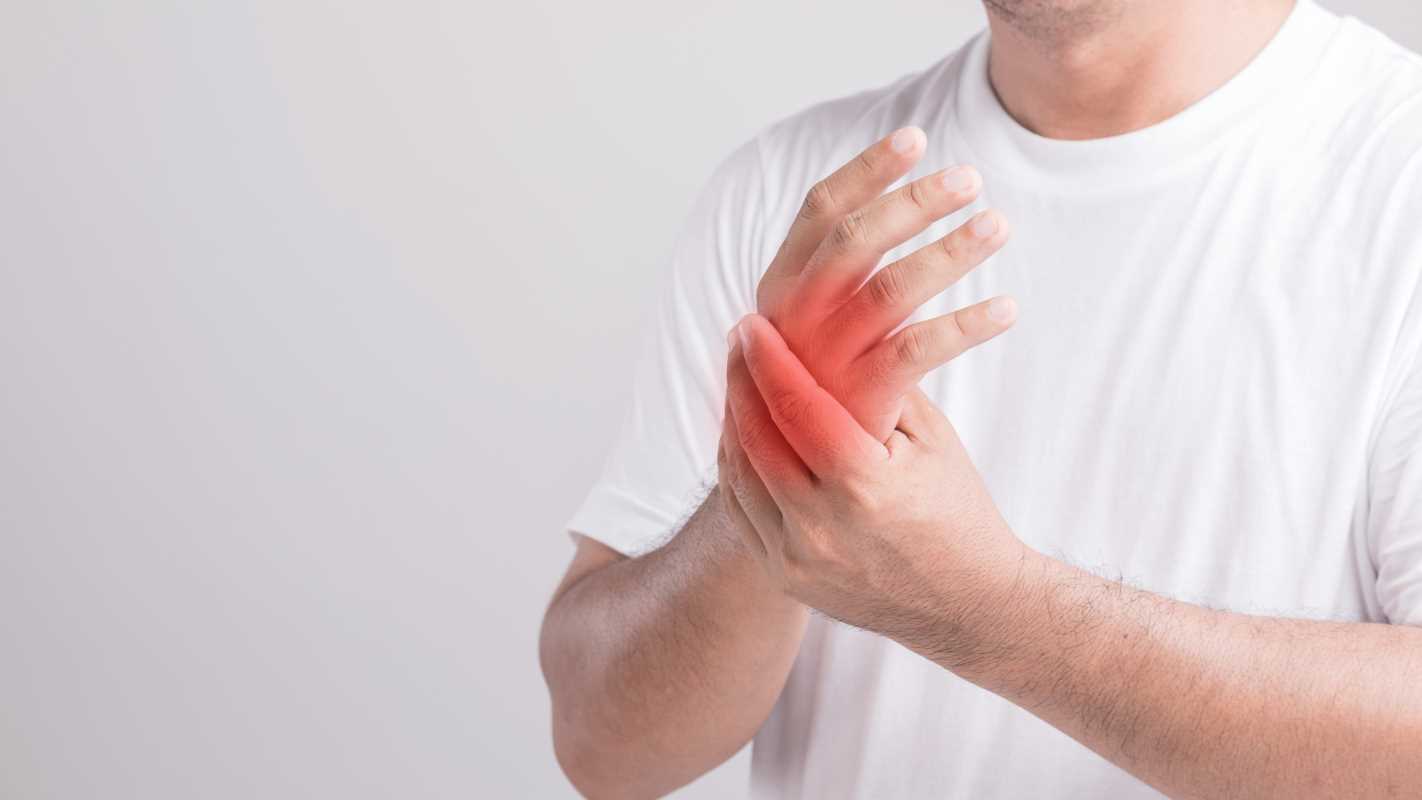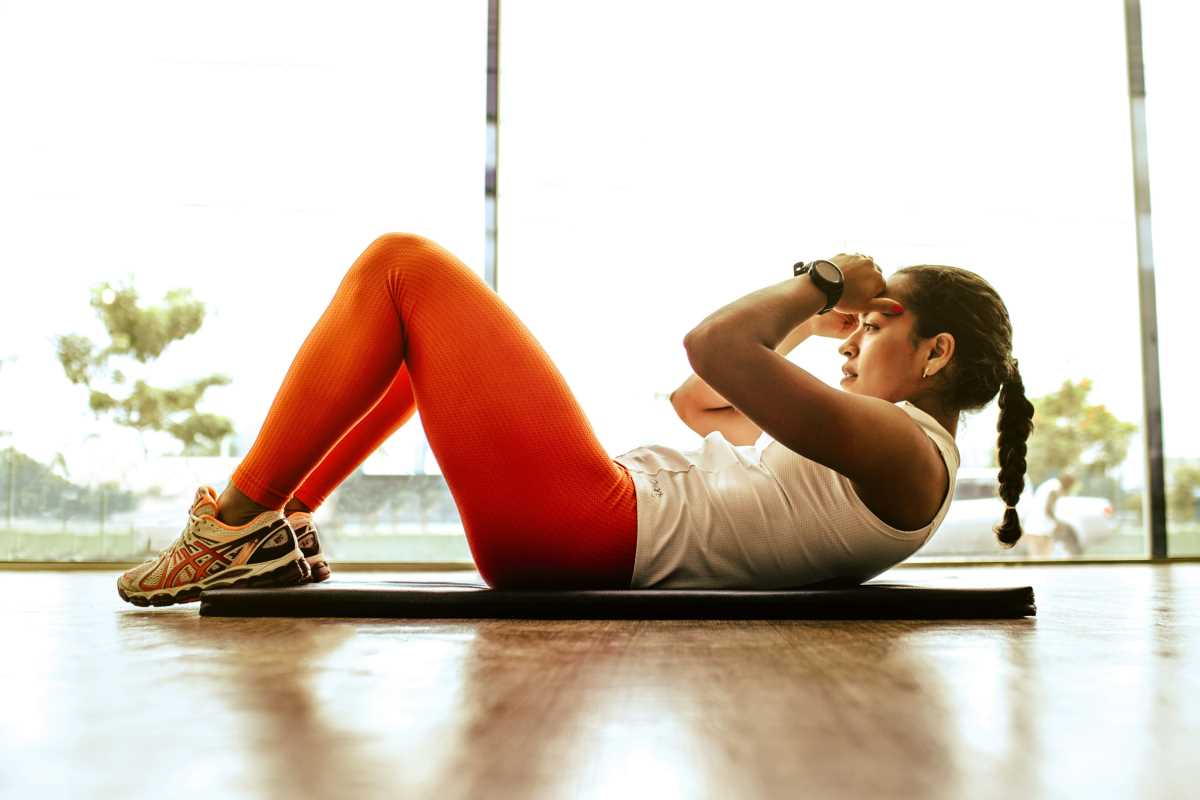Regular movement plays a crucial role in maintaining a healthy heart and promoting overall happiness. Engaging in physical activities not only strengthens the cardiovascular system but also enhances emotional well-being, creating a balanced and fulfilling life. Understanding the connection between movement, heart health, and happiness can inspire individuals to incorporate more activity into their daily routines.
Statistics show that individuals who engage in regular physical activity have a significantly lower risk of heart disease and report higher levels of life satisfaction. By exploring the scientific principles and practical benefits of movement, we can better appreciate its importance in leading a healthy and joyful life.
The Science Behind Movement and Heart Health
Physical activity is fundamental to maintaining optimal heart health. Engaging in regular exercise strengthens the heart muscle, improves blood circulation, and helps regulate blood pressure. Studies have shown that individuals who participate in consistent physical activity have a lower incidence of hypertension and reduced cholesterol levels, both of which are major risk factors for heart disease.
Research from the American Heart Association indicates that moderate exercise, such as brisk walking or cycling, can decrease the risk of developing coronary artery disease by up to 30%. Furthermore, aerobic activities enhance the efficiency of the cardiovascular system, enabling the heart to pump blood more effectively with each beat. This increased efficiency reduces the overall strain on the heart, contributing to long-term cardiovascular health.
Physical Activity's Impact on Mental Well-Being
Beyond the physical benefits, movement significantly impacts mental health. Regular exercise stimulates the release of endorphins, often referred to as "feel-good" hormones, which can alleviate stress and improve mood. This biochemical response helps individuals manage anxiety and depression, leading to a more positive outlook on life.
Engaging in physical activities also promotes better cognitive function. Activities such as yoga and tai chi enhance concentration, memory, and problem-solving skills. By providing a constructive outlet for stress and enhancing mental clarity, movement contributes to emotional resilience and overall psychological well-being.
Types of Movement for a Healthy Heart
- Aerobic Exercises: Includes activities like running, swimming, and cycling that increase heart rate and improve cardiovascular endurance.
- Strength Training: Incorporates weight lifting and resistance exercises to build muscle mass and support metabolic health.
- Flexibility and Balance: Practices such as yoga and Pilates enhance flexibility, balance, and core strength, reducing the risk of injuries.
- High-Intensity Interval Training (HIIT): Alternates short bursts of intense activity with periods of rest, boosting cardiovascular fitness in shorter workout sessions.
- Walking and Hiking: Accessible forms of exercise that promote steady heart rate increases and can be enjoyed in various environments.
Movement as a Tool for Happiness
Incorporating regular movement into daily life can lead to increased happiness and greater life satisfaction. Physical activities provide a sense of accomplishment and can be a source of enjoyment, whether it's playing a sport, dancing, or simply taking a leisurely walk in nature. These positive experiences contribute to an overall sense of well-being and contentment.
Practical Tips to Incorporate Movement into Daily Life
- Set Realistic Goals: Start with achievable objectives, such as walking for 20 minutes a day, and gradually increase intensity and duration.
- Find Activities You Enjoy: Choose exercises that you find fun and engaging to maintain motivation and consistency.
- Create a Schedule: Allocate specific times for physical activity in your daily routine to ensure it becomes a regular habit.
- Mix It Up: Incorporate a variety of exercises to keep workouts interesting and target different muscle groups.
- Use Technology: Utilize fitness apps or wearable devices to track progress and stay accountable.
- Stay Social: Exercise with friends or join a fitness class to make physical activity more enjoyable and socially rewarding.
- Listen to Your Body: Pay attention to your body's signals and allow adequate rest and recovery to prevent injuries.
Embracing regular movement is an effective way to enhance heart health and increase happiness. By understanding the science behind physical activity and implementing practical tips, individuals can lead healthier, more joyful lives.
 (Image via
(Image via





